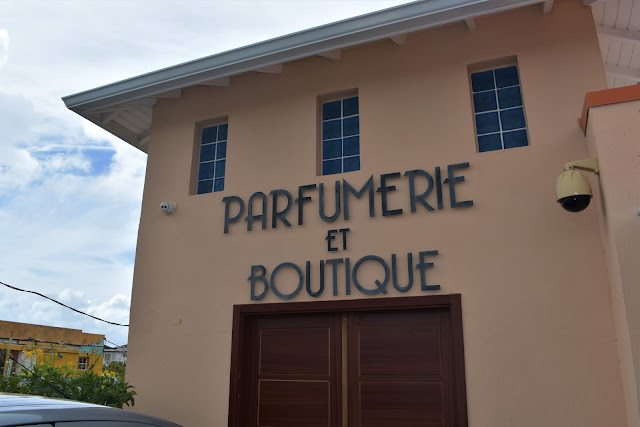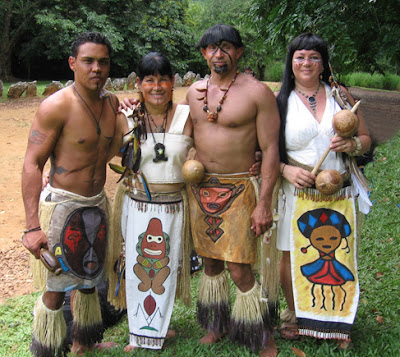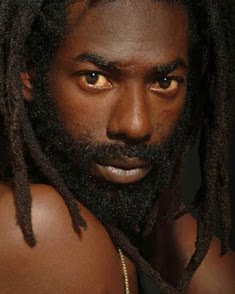African American History in Accra
The year 2019 has ushered in a lot of political and social turmoil for African Americans. The foundation of the U.S. is crumbling and it's revealing the ugly underbelly that has informed many things about how this country operates. Knowing and understanding history is always crucial but especially now. 2019 marks 400 years since the first enslaved Africans left the shores of Ghana and arrived in Jamestown, Virginia. Ghana is commemorating this history with The Year of Return 2019, a celebration of concerts, performances, symposiums and events to welcome back the Diaspora. I was honored to join the inaugural Year of Return journey with The Adinkra Group last August. Besides supplying a tangible re-connection with my heritage, I was able to explore the rich Pan African history of African Americans in Ghana.
The first thing I ever learned about Pan Africanism was that African American scholar and activist W.E.B. Dubois was a leading advocate and was also a delegate at the first Pan African Congress . I knew that he had lived in Ghana but I didn't realize that he spent the last decades of his life in Ghana, writing the Encyclopedia Africana at the invitation of President Kwame Nkrumah. Today, Dubois' Accra home houses the W.E.B. DuBois Centre for Pan African Culture. I roamed through the museum, taking in his books, academic robes lined in Kente cloth and photos.
The center also features a guesthouse with rooms named for famous Pan Africanists like Marcus Garvey and Malcolm X. Dubois and his wife Shirley are buried on the grounds, surrounded by a garden. Nearby, the African American Association of Ghana and the Diaspora African Forum hold regular meetings.
Ghana is surrounded by eerie "slave forts," a reminder of the brutal Trans Atlantic Slavery history. One of the most famous is Cape Coast Castle, which thousands passed through to be caged and shipped to the Americas. It is an important pilgrimage for Africans in the Diaspora to return to these places where our ancestors were ripped from their homes. I entered the dungeons and cells of Cape Coast and cried throughout the experience. I walked through the infamous "Door of No Return" but I felt spiritually uplifted when I turned around and went back through. I did return and I felt my ancestors rejoice.
On the side of the women's dungeon, a plaque commemorates the visit of President Obama and First Lady Michelle. It felt comforting to know that my fellow Chicagoans had made this important journey as well.
The door of return opens to the shores of the Atlantic, with traditional fishing boats sitting on the sand. A couple of hundred years ago, there was a different kind of boat waiting.
Another major landmark is Black Star Square. This stadium hold 30,000 seats and is the largest in Africa. The Black Star references the star on Ghana's flag, which was inspired by Marcus Garvey's Black Star Line. The Black Star Line was a steamship corporation that transported goods to members of the African Diaspora. But the line is most famous for transporting African Americans, tired of the racism, violence and inequity of the U.S, back to the Motherland. Over 100 years ago, the idea of returning to Africa was new and appealing. Today, the idea is not so new but the appeal is growing even more. I met dozens of African Americans who have moved to Accra and Kumasi, happy and secure in a country that treats them respectfully and offers lots of economic opportunities. Ghana reminded me why it's important to remember your history and also that we have the power to reject repeating history and to create new experiences.











Comments